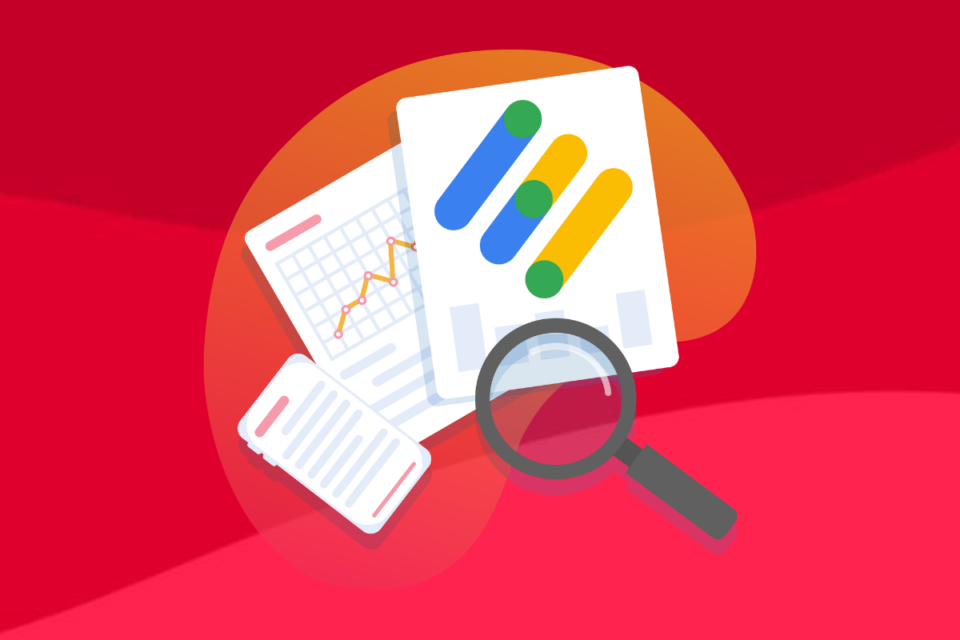
OpenAds: understanding the Trade Desk’s new auction wrapper
OpenAds — The Trade Desk The programmatic advertising landscape is constantly evolving, and one of the latest developments comes from…
Julia Dreślińska
2025-10-24

Google AdWords, now known as Google Ads, is an online advertising platform by Google. It allows businesses to display ads on Google search results, YouTube, and other sites. Advertisers bid on keywords and pay each time their ad is clicked, using various ad formats like text, display, video, shopping, and app promotion ads.
Maximum CPC (Cost-Per-Click) Bid: Advertisers set a max amount for each click.
Ad Rank: Determined by bid amount, ad quality score (relevance, expected click-through rate, landing page experience), and ad extensions.
Automated Bidding Strategies:
Enhanced Machine Learning: Improved algorithms predict clicks and conversions better.
Adding new Bidding Options:
Refined Quality Score Components: Provides detailed feedback on ad relevance, click-through rate, and landing page experience.
Real-Time Bidding Adjustments: More precise bid adjustments based on user behavior and intent.
Improved Integration with First-Party Data: Better use of advertisers’ data for personalized ad targeting.
These updates enhance bidding efficiency, transparency, and alignment with business goals using advanced machine learning.
We observed that the exact date for rolling out these changes was 8th December 2023. We wanted to find out how these changes affected the performance characteristics of different publishers. To do that, we analyzed the performance changes in early December across three different inventories:
Case #1: A big news publisher, one of the local market leaders,
Case #2: Another big news publisher, one of the local market leaders,
Case #3: A big global publisher, no Prebid implemented.
In all three cases, the share of AdWords in both revenue and impressions remained relatively flat. However, what is more interesting are the changes in its average eCPM.
Side note:
On all eCPM charts, to make the data easier to compare and to protect our clients’ privacy, December 1st is always indexed to 1.0. The following days are then compared to this index. For example, if the eCPM on a given day is 1.2, it means it was 20% higher than on December 1st.
We saw a slight increase of AdWords share both total revenue and impressions, however to be completely honest, the change was rather marginal. These fluctuations (especially in revenue) can be however explained by volatile eCPM which noted two peaks in that period:



Case #2 showed a similar situation; however, here we saw that eCPM decreases after the 8th of December. We do not show this data here, but in 2024 eCPM started to increase again. But as you most likely all well know, we shall not compare the early new year’s performance to the first weeks of December (or, frankly speaking, rely on period-to-period comparisons unless the change is super evident).



This case is quite an eye-opener. Since AdWords is dominating the open market (this publisher is not using Prebid at all), we expected the changes to be most visible on that inventory. However, what we saw exceeded our expectations – the eCPM after December 8th dropped by almost 50%!



On the first glimpse, if Adwords is not basically the entire Open Market (like in cases #1 and #2) the changes are not very visible. But maybe something changed deeper underneath? To understand that, we verified if AdWords changed the way it reacts to changing the floor prices.
On the same inventories at the same time, we checked AdWords total revenue and impressions on four parts of the traffic that differed in floor price applied. Essentially, we were A/B/C/D testing four different hard floor price levels (each price handled the same percentage of the traffic). This allowed us to see what happened with AdWords bidding on December 8th in terms of two metrics: revenue and impressions.
Side note:
On all charts, to make the data easier to compare and to protect our clients’ privacy, no price applied is always indexed to 100. The higher price levels are then compared to this index. For example, if the revenue on a given day is 80, it means it was 20% lower than on no price applied.
The change introduced on December 8th has drastically impacted AdWords’ sensitivity to price changes. Before December 8th, increasing the floor price resulted in higher revenues (even 20% higher than when no price was applied). However, after that day, a higher price led to a loss in revenues. If we compare the high price revenue vs no price applied revenue, we can see that it used to be ~20%, but after the change, it dropped to ~-15%!
This drop in revenue is caused by a decreasing number of ad impressions at higher prices.


Case #2 is basically Case #1 “on steroids”. The change introduced on December 8th resulted in a drastic change in AdWords’ reaction to different price changes. Here, the revenue uplift of high price vs. no price applied dropped from +60% to -30%!
Similar to Case #1, the number of AdWords impressions at higher prices decreased, which was the primary cause of dropping revenues.


Case #3 confirms that the changes observed in the previous two cases are not by chance. The same mechanics changed, and AdWords’ sensitivity to price changes was similarly affected (here the high price revenue uplift vs. no price applied dropped from ~15% to ~-20%.


To conclude, we must consider our analysis as a whole. It pointed out that after December 8th:
These changes suggest AdWords began selecting ad requests more carefully and buying cheaper impressions, thereby increasing profitability. It appears AdWords shifted from targeting specific users to buying in bulk, leveraging a better understanding of user behavior to maintain profitability without higher prices.
If you manage your pricing manually, be sure to revise it. Decreasing the price often leads to higher overall revenues (not always, but as a rule of thumb). This might be a good time to automate the price management process to be prepared for similar unexpected changes in the future.

Karol Jurga
Chief Revenue Officer
See it in action.

OpenAds — The Trade Desk The programmatic advertising landscape is constantly evolving, and one of the latest developments comes from…
Julia Dreślińska
2025-10-24
The Trade Desk vs. SSP: A Quiet Shift That Could Shake Up Programmatic In ad tech, labels are never just…
Julia Dreślińska
2025-09-11
Introduction On July 1st, 2025, Prebid.js 10 was officially released. This new major version is a significant step forward-cleaning up…
Julia Dreślińska
2025-09-09
Prebid.js 10.9.0 (released 27 Aug, 2025) now generates a different Transaction ID (TID) for each Bidder. That breaks the long-standing…
Marcin Hajduk
2025-09-01